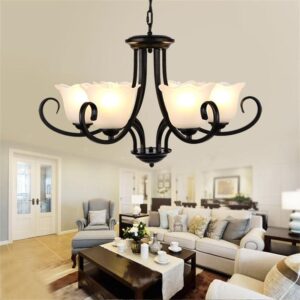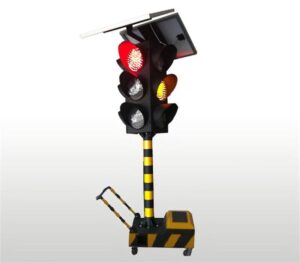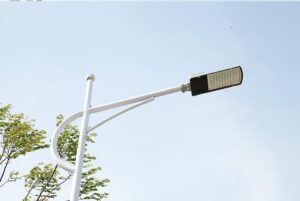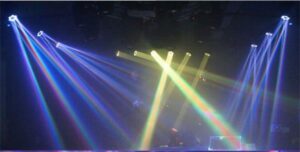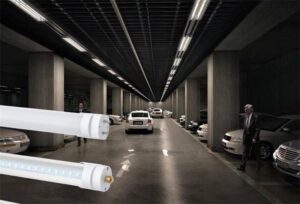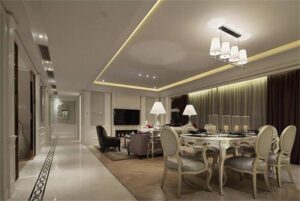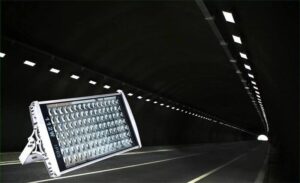Since the emergence of blue light, white light and high-brightness LEDs in the 1990s, the luminous efficiency of LEDs has been continuously improved, and commercial LED tubes have now reached the luminous efficiency of 50 lm/W~100 lm/W, and its luminous efficiency is still with continuous improvement, it is estimated that it will eventually reach about 200 lm/W, which is not only much higher than 10 lm/W~30 lm/W incandescent lamps (including tungsten halogen lamps), but also much higher than all current light sources. However, the power of a single LED is very small, only 1 W ~ 5 W, and the luminous efficiency is only a few hundred lumens, and the stage lamps often have a power of kilowatts and a luminous flux of tens of thousands of lumens. Therefore, many people have never thought of using LEDs before stage lighting.
At the beginning of this century, blue LEDs were popularized, white LED technology gradually matured, the luminous efficiency of LEDs was doubled compared to incandescent lamps, and the lifespan of high-power (watt-level) LEDs could reach tens of thousands of hours. With the advantages of light convenience, new LED stage lamps that combine multiple LEDs to increase the total luminous flux begin to appear. At first, due to technical reasons and expensive prices, this kind of lamps was rarely used. In recent years, due to the improvement of the luminous efficiency of LED lamps and the popularization of accessories such as condenser cups, tube cores and shells, many manufacturers have begun to assemble and produce them. LED lamps have attracted people to try because of their bright color, energy saving and environmental protection.
